This website uses cookies so that we can provide you with the best user experience possible. Cookie information is stored in your browser and performs functions such as recognising you when you return to our website and helping our team to understand which sections of the website you find most interesting and useful.
BSafe Case Studies
Using case studies as a way of analysing previous incidents and identifying lessons learned which can be shared with others, is an important part of improving safety performance
Reflecting on past events is recognised as an effective way of learning from experience in order to positively influence future behaviours.
Reflection is not just about reading an accident report or watching a case study video. It’s about examining the content and reviewing the sequence of events. It’s about analysing why it happened and “what it means to me” (Energy Institute), then relating the identified learning points to an individual’s personal situation and considering whether things can be done differently.
Encouraging reflective learning is a key element of BSafe. Each quarter we will be issuing a new BSafe Incident Case Study on this page. These will be based on a real accident or claim, appropriately anonymised , with a summary of the key lessons learned.
We believe the true power of reflective learning lies in considering and discussing an incident with colleagues, which generates a richer and more valuable dialogue. In order to encourage this, we will also provide dedicated training materials for each BSafe Incident Case Study. This will include presentation material and a reflective learning form which can be used as training materials as Members or their crew see fit. For example, these could be used to support onboard safety meetings, crew seminars, or just for individual reflection.
Finally, a Britannia commentary will be provided for each incident which explores the key issues in more detail to help develop the reflective learning. This will include some suggestions for possible controls that could have helped mitigate the risk by using our interpretation of a Hierarchy of Risk Controls (based on ISO 45001 and the National Institute for Occupational Safety and Health (NIOSH)).
Links to our monthly BSafe Incident Case Studies are provided below. In addition, we have also included some other previously published Britannia case studies. Although these don’t include the reflective training material provided with the full BSafe Incident Case Studies, they do still offer some valuable insights for consideration.
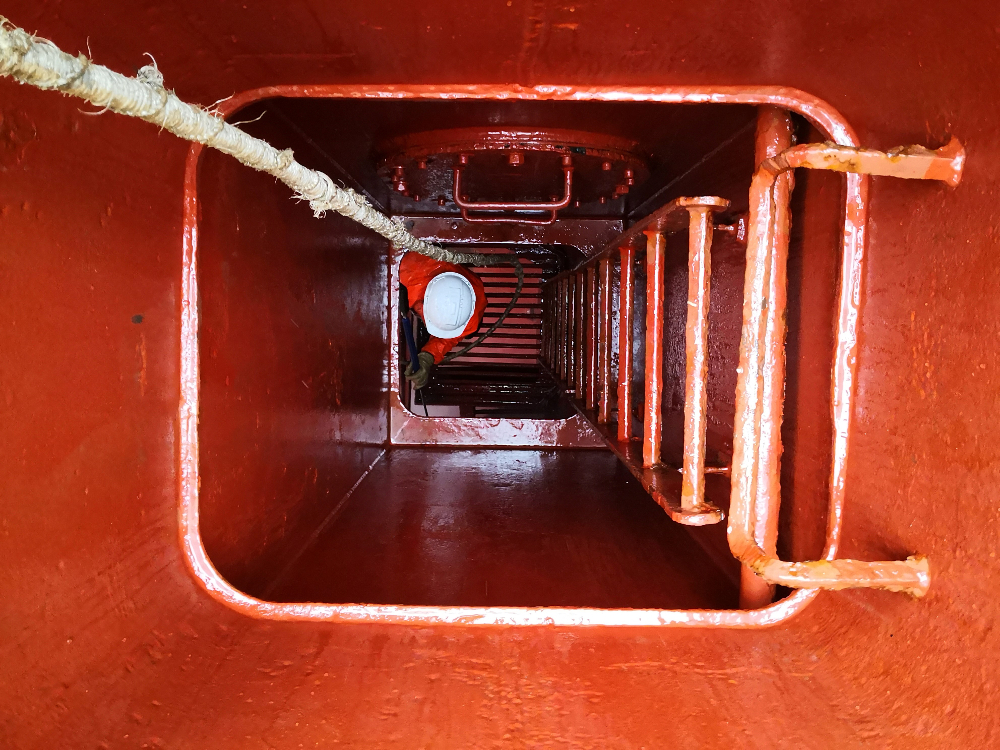
BSAFE INCIDENT CASE STUDY 24: ASPHYXIATION IN CARGO HOLD DUE TO OXYGEN DEPLETION
An unexpected incident occurred on board a bulk carrier nearing the completion of loading corn cargo, causing two fumigation contractors to asphyxiate and resulting the death of one contractor.
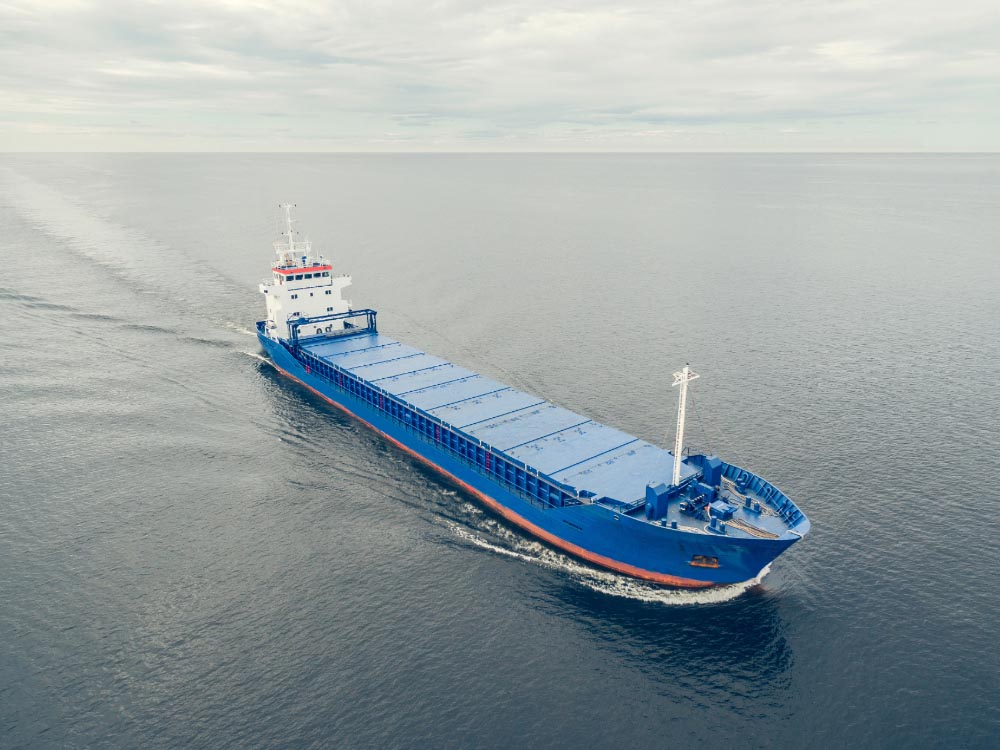
BSAFE INCIDENT CASE STUDY 23: FATAL ACCIDENT DURING GANTRY CRANE OPERATIONS
A stevedore on board a general cargo ship was fatally crushed between the gantry crane and a hatch cover during cargo discharge in Antwerp, Belgium. Despite no one witnessing the incident, it is believed that he positioned himself between the moving gantry crane and the hatch cover to check on his team’s progress working in the hold.
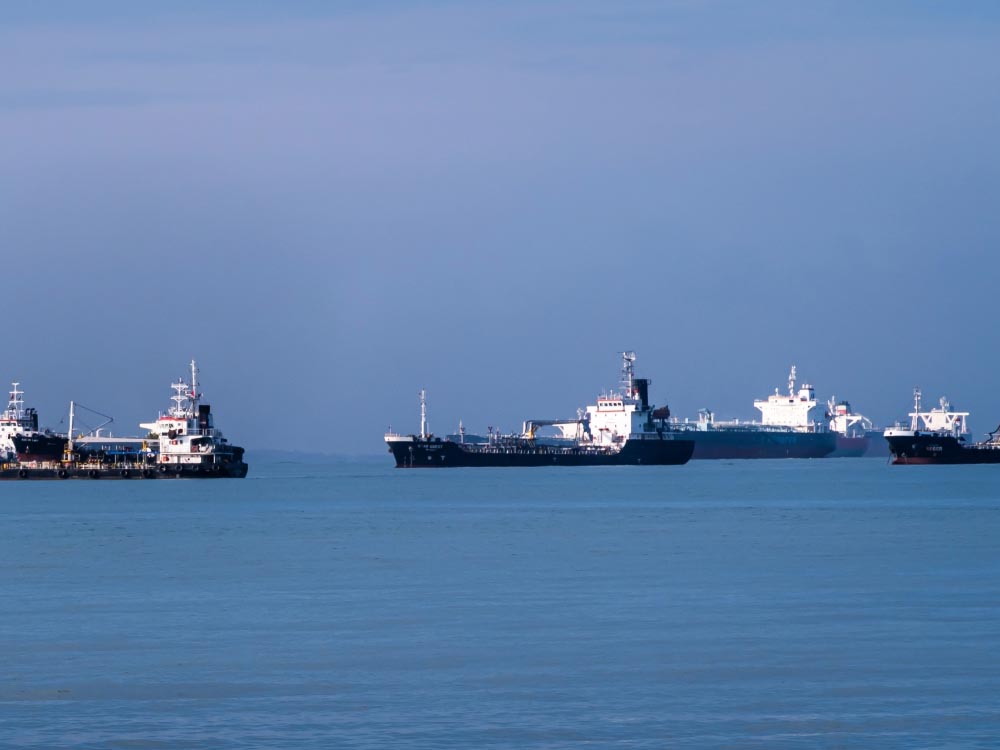
BSAFE INCIDENT CASE STUDY 22: DRAGGING ANCHOR LEADING TO MULTIPLE COLLISIONS
A dragging anchor incident caused a general cargo ship to collide with two nearby ships, resulting in structural damage to all three ships. Fortunately, no pollution or loss of life was reported.
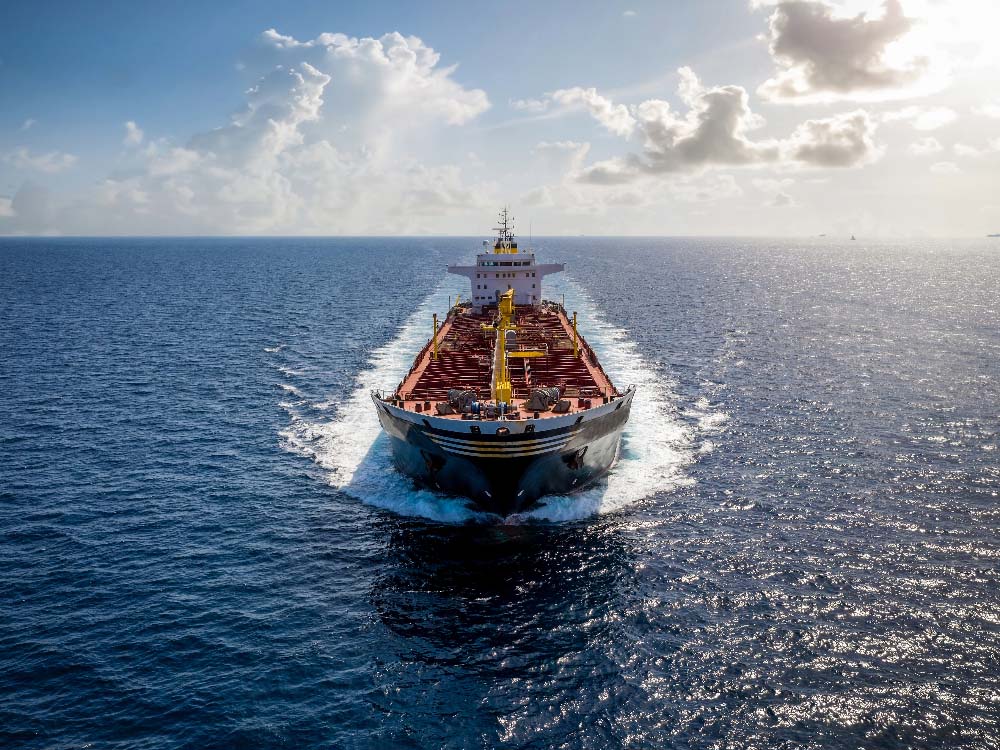
BSAFE INCIDENT CASE STUDY 21: MISMANAGEMENT OF MEDICAL CONDITION ON BOARD
A seafarer lost his life after inhaling hydrocarbon fumes emitted from a bunker tank vent while the tanks were being heated.
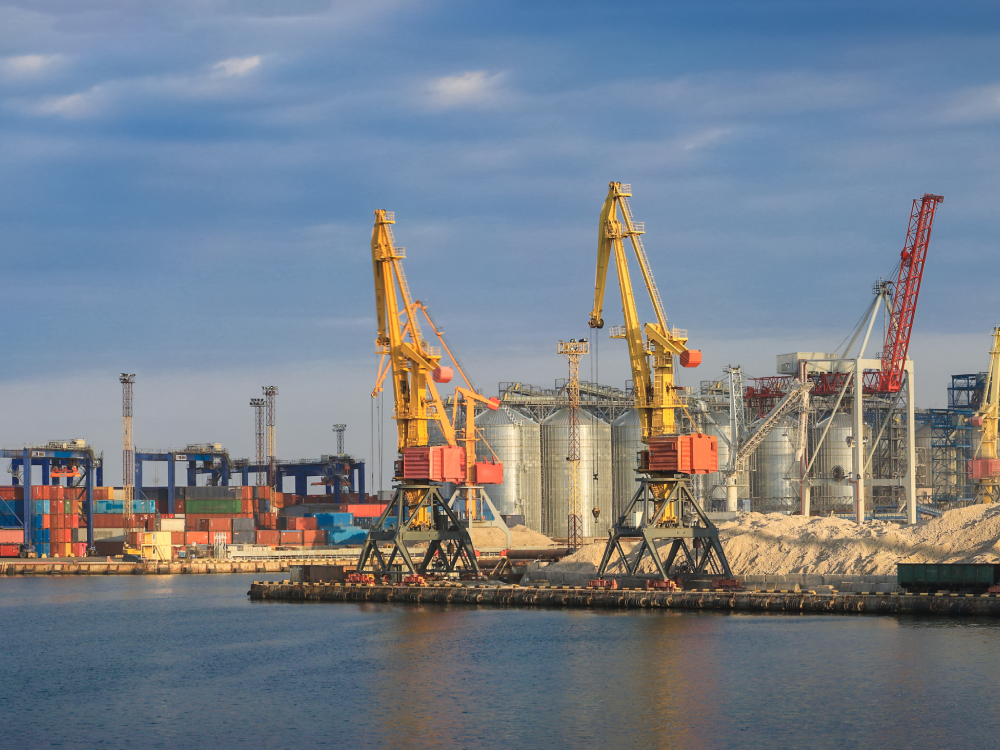
BSAFE INCIDENT CASE STUDY 20: MOORING LINE ACCIDENT LEADS TO FATALITY
A crew member suffered a fatal head injury on board a 20,236GT General Cargo Vessel
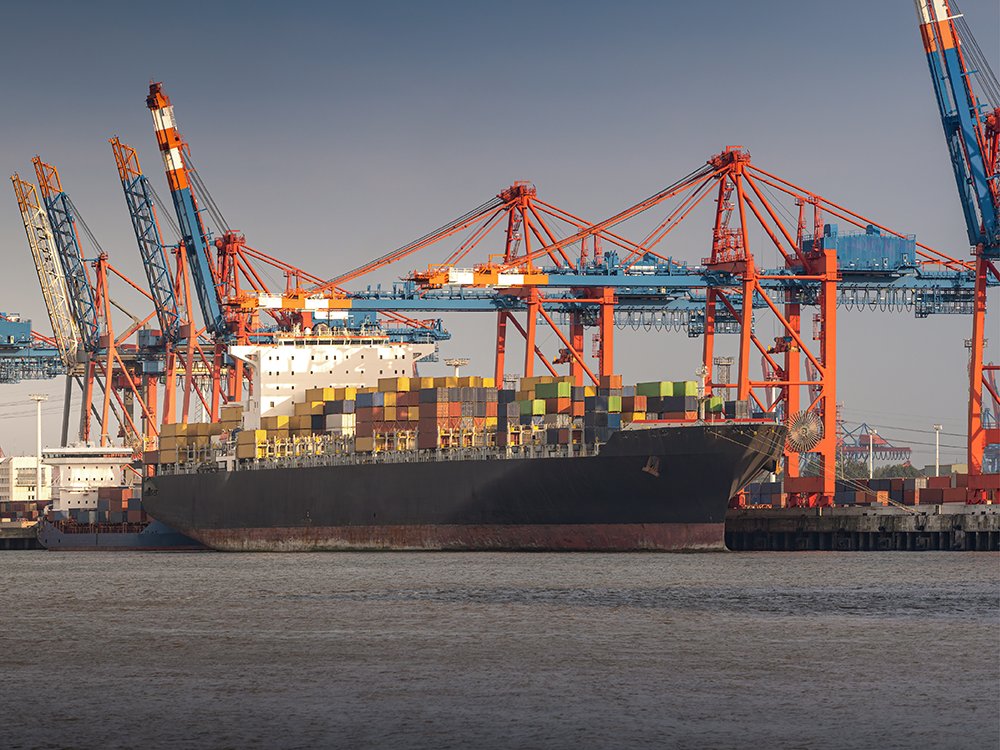
BSAFE INCIDENT CASE STUDY 19: FATAL ACCIDENT DURING PILOT TRANSFER
An incident on a 2,825 GT General Cargo ship resulted in the fatality of a Sea Pilot during a routine pilot transfer as the vessel was outbound.
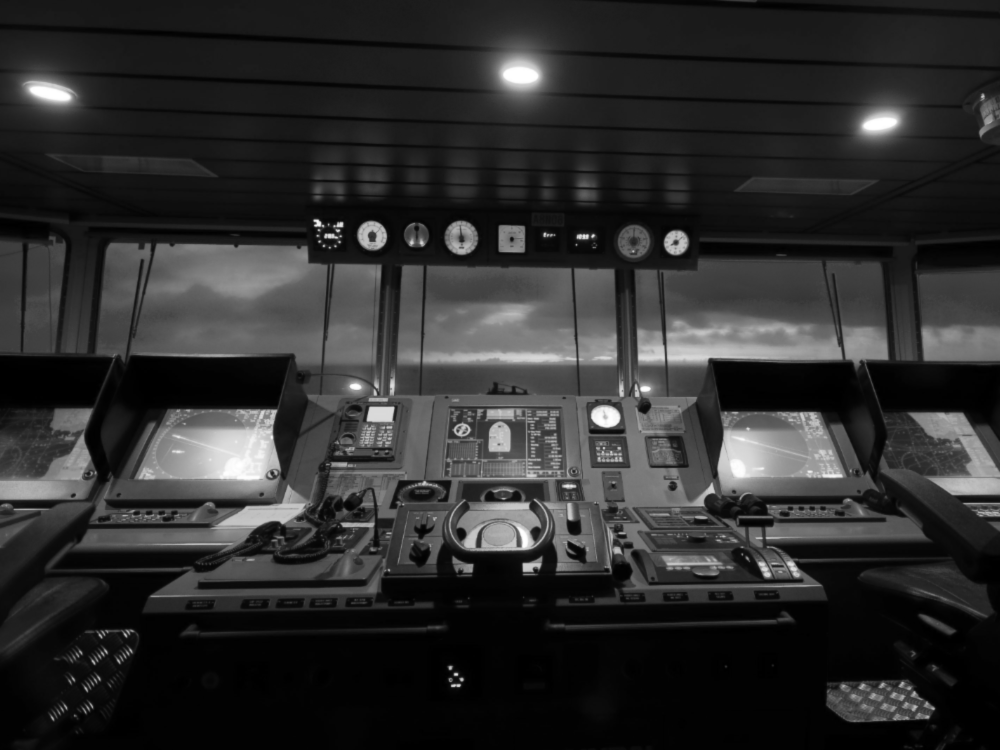
A 43,472 GT bulk carrier ran aground on a charted shoal whilst on passage between the Philippines and Australia. The incident occurred after the vessel drifted from the track, with no audible or visual warnings given to the Officer of the Watch (OOW).
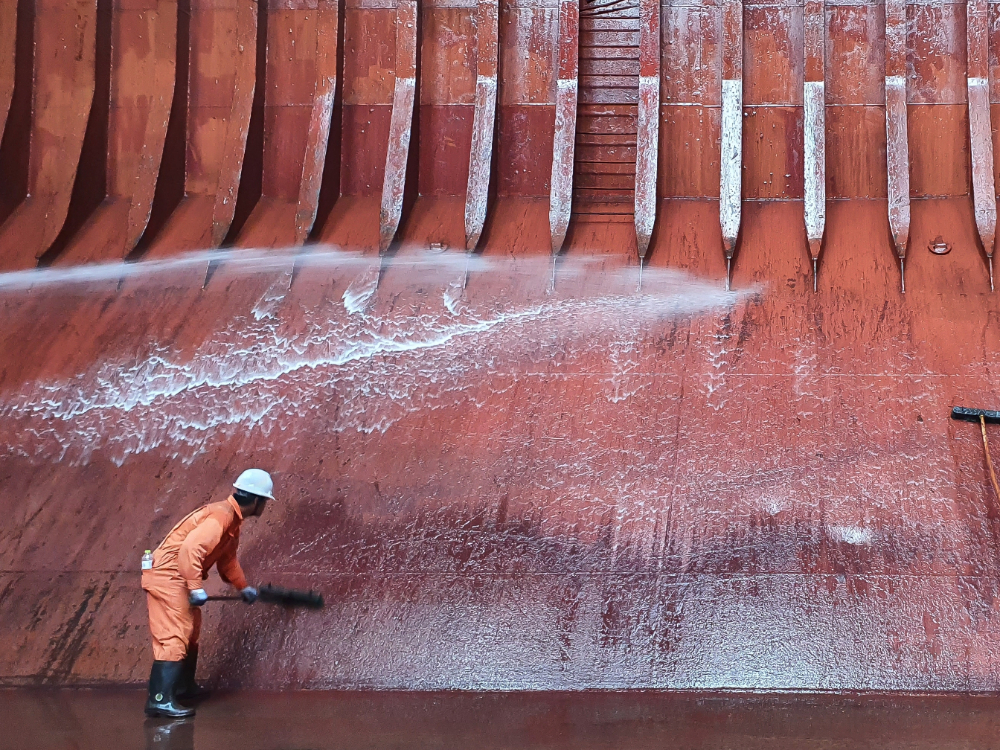
BSAFE INCIDENT CASE STUDY 17: FATAL FALL ONTO THE CARGO HOLD TANK TOP
A bulk carrier was to carry out cargo hold cleaning while drifting in preparation for its next cargo with the help of a riding team contracted from ashore. During the third day of washing the cargo holds, one of the riding team members fell approximately 17 metres down into cargo hold no. 5 and was found motionless on the tank top. The person was later pronounced dead.

Published: 10 October 2022
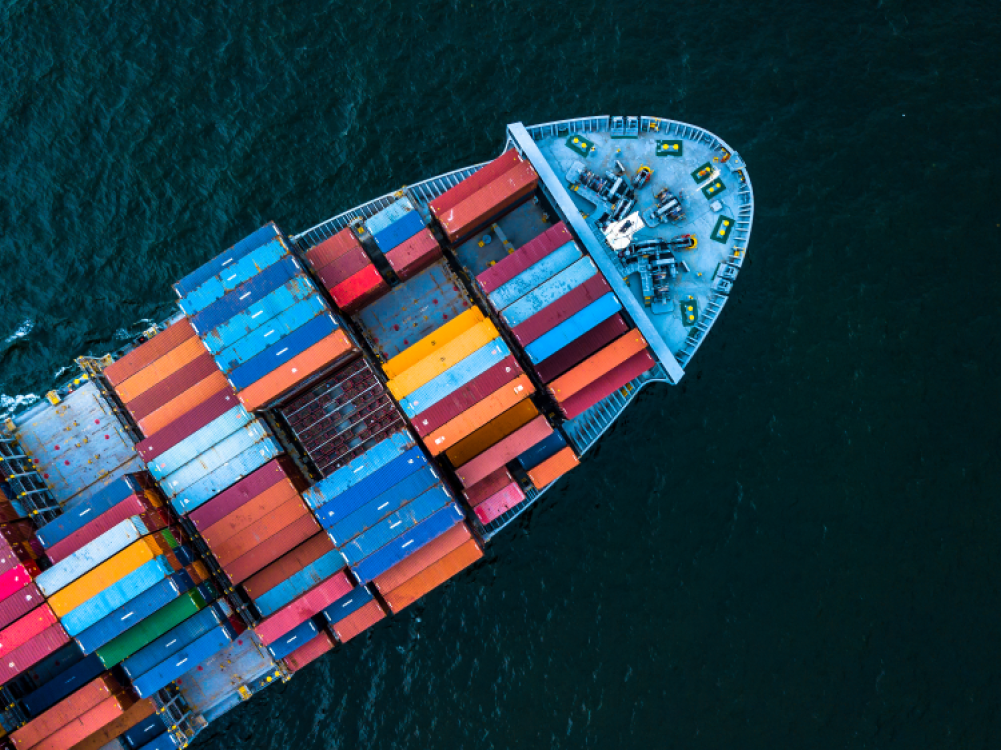
BSAFE INCIDENT CASE STUDY 16: HEAVY WEATHER LEADING TO A FATALITY ON THE FORECASTLE DECK
A fully cellular 1,400 TEU container ship was on a voyage from Melbourne to Fremantle, Australia, when water was found in an underdeck passage. It transpired that during heavy weather the hatch access lid on the forecastle deck leading to the forecastle store had been ripped off and dumped on the windlass, allowing water ingress into the forecastle.

Published: 6 July 2022
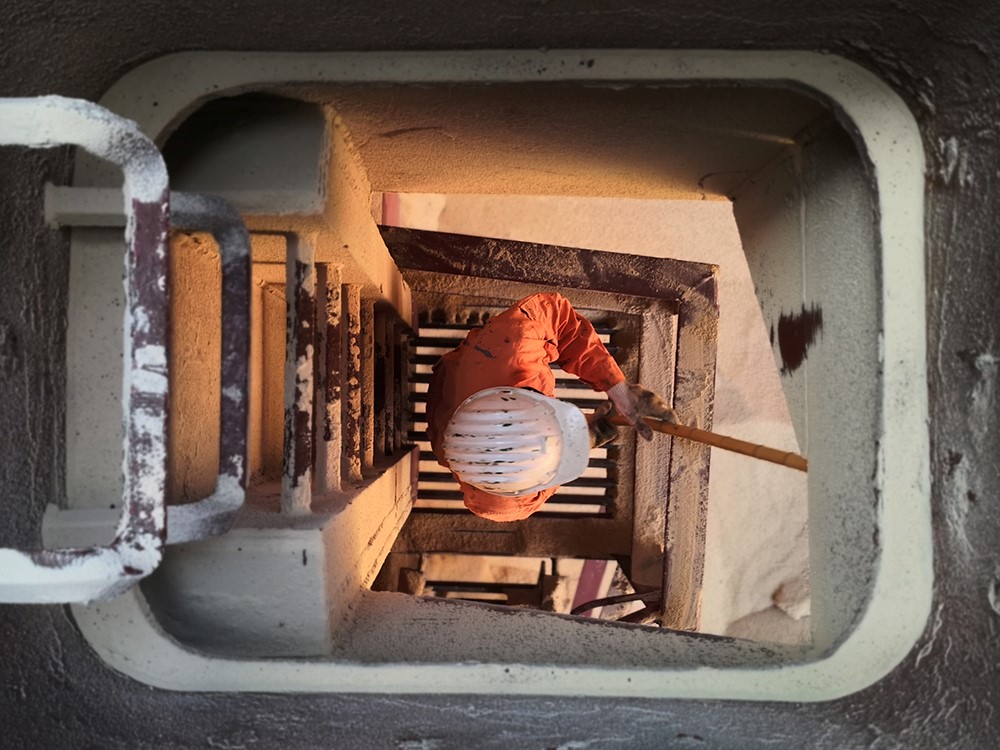
BSAFE INCIDENT CASE STUDY 15: INCIDENT CAUSED BY CHEMICAL REACTION OF FERTILISER
A multi-purpose carrier was about to anchor after leaving port carrying a cargo of various types of fertiliser in bulk as well as general cargoes when white smoke was noticed emitting from cargo hold no.3. After a failed attempt to extinguish the suspected fire using the ship’s fixed CO2 system and with the risk of an explosion due to the decomposition of the fertiliser, the ship was evacuated and later declared a total loss.

Published: 7 April 2022
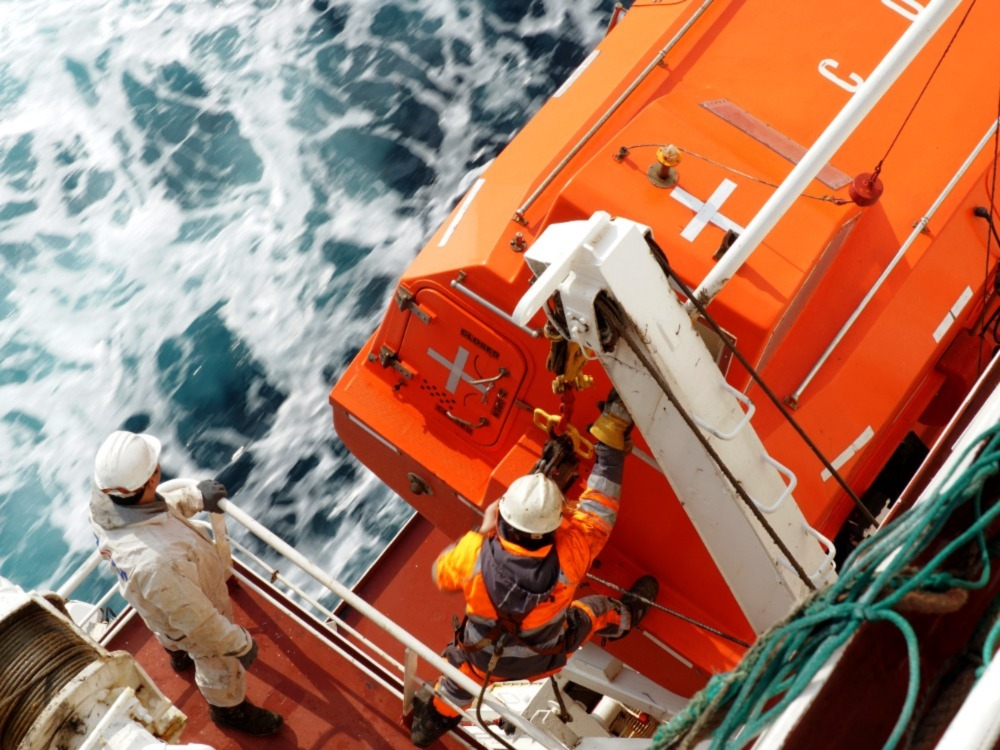
BSAFE INCIDENT CASE STUDY 14: ACCIDENTAL RELEASE OF A LIFEBOAT
A refrigerated cargo ship had berthed in Southampton to discharge a cargo of fruit. On the day of arrival the local port state authorities had boarded the ship in order to conduct a Port State Control (PSC) inspection, which included a lifeboat drill.

Published: 30 December 2021 Updated: 5 January 2022
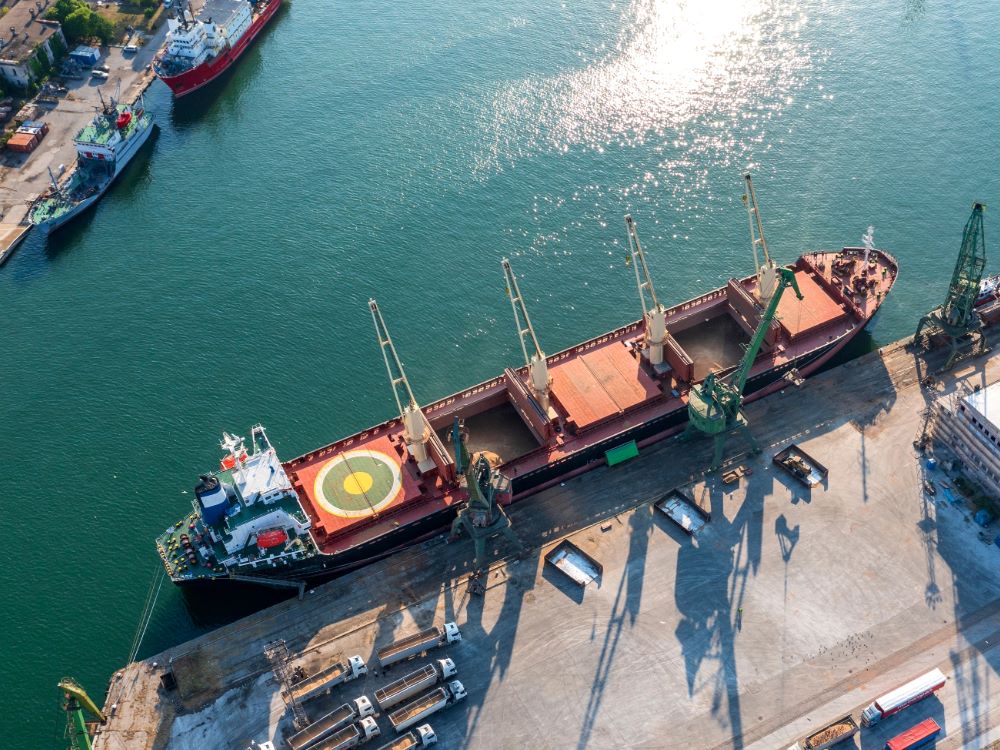
BSAFE INCIDENT CASE STUDY 13: CARGO FUMIGANT POISONING LEADING TO A FATALITY
A small ship was chartered to carry a cargo of corn on a short haul voyage in Europe. On completion of loading, aluminium phosphide was placed in the holds to fumigate the cargo in transit.

Published: 30 November 2021
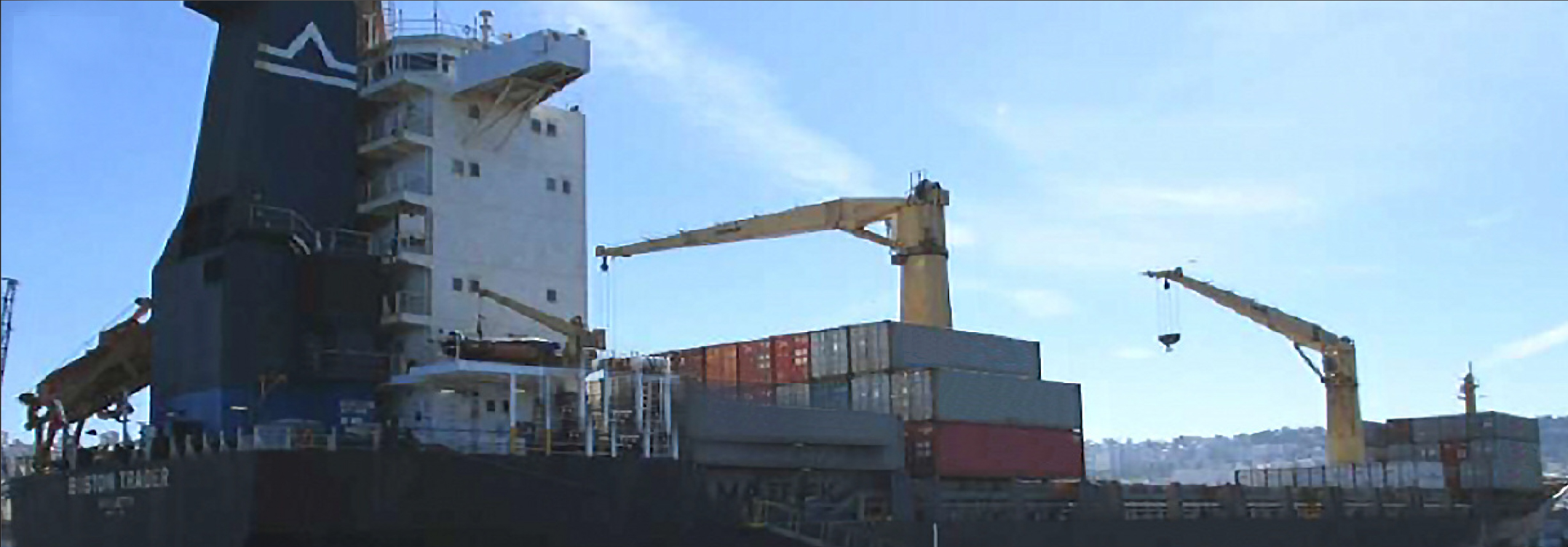
BSAFE INCIDENT CASE STUDY 12: FATALITY INSIDE THE ELEVATOR SHAFT
While at anchorage an electrician did not appear for dinner and consequently a search was initiated. He was later found trapped inside the vessel’s elevator shaft between the elevator’s counterweight and a protective beam, where he had been working earlier that same day.

Published: 27 October 2021
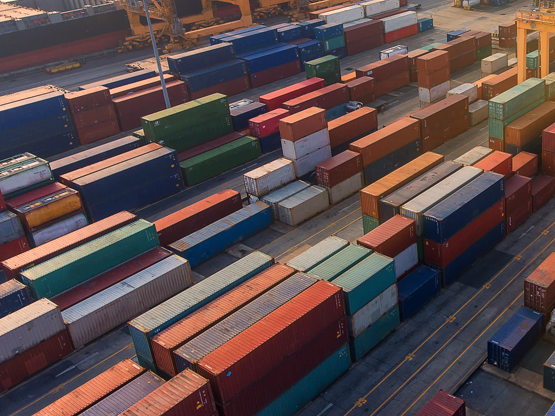
BSAFE INCIDENT CASE STUDY 11: SERIOUS INJURY WHILE SECURING CONTAINERS
The Boston Trader was moored in the port of Oran, Algeria. While the crew were securing the containers loaded on deck, one seafarer was hit on the foot by the lower end of a falling lashing bar, which resulted in a serious injury.

Published: 29 September 2021
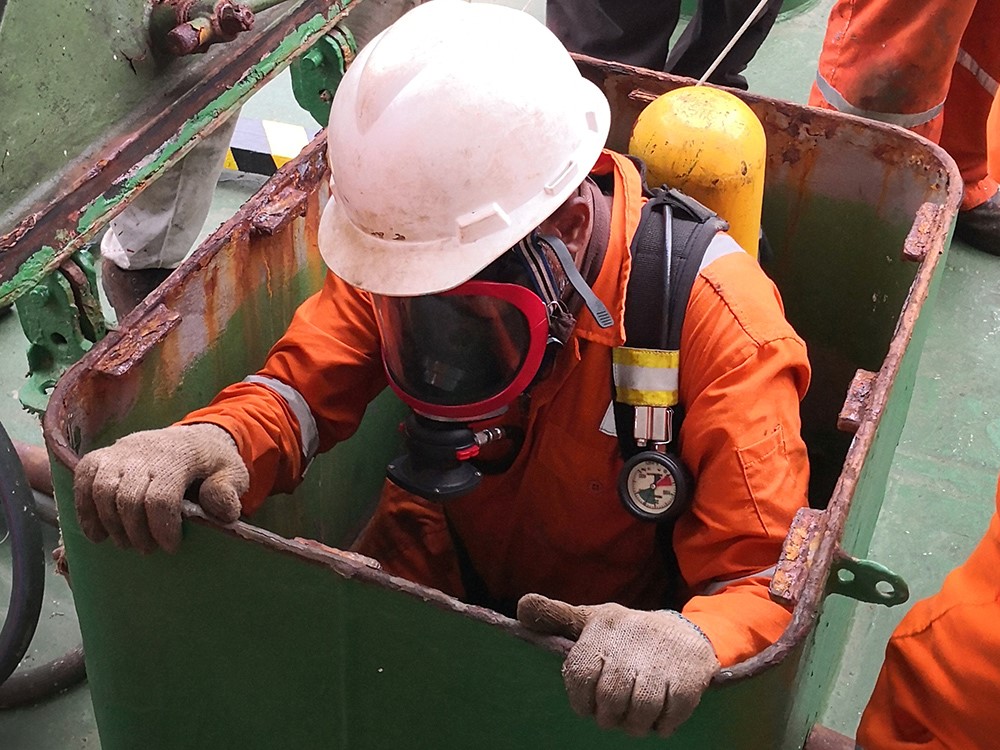
BSAFE INCIDENT CASE STUDY 10: FIRE IN A SHIP’S ENGINE ROOM
FERNANDA a 2,576GT Ro-Ro ship built in 1982 was nearing the end of her voyage when a fire broke out in the engine room. Despite an early decision to deploy the ship’s fixed halon firefighting system the fire could not be extinguished, and the crew had to be evacuated by helicopter.

Published: 25 August 2021

BSAFE INCIDENT CASE STUDY 09: FALL OF A HEAVY OBJECT – CARGO LOADING WORKPLACE ACCIDENT
Two crew members on a general cargo ship were injured when a suspended load fell and struck them.

Published: 29 July 2021
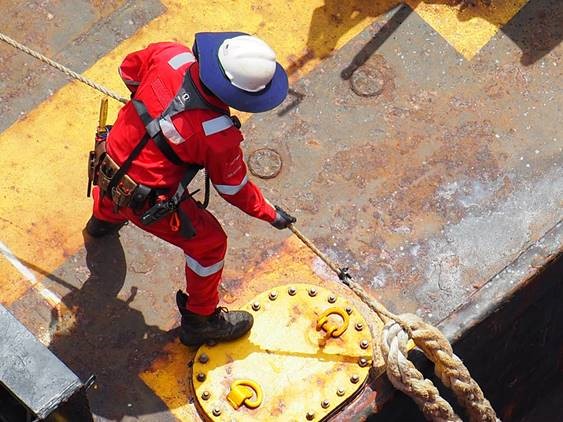
BSAFE INCIDENT CASE STUDY 07: FATAL CRUSH INCIDENT
The second officer on a general cargo ship was fatally injured when he was crushed between the ship’s gantry crane and a stack of cargo hold hatch covers during post-cargo loading operations.

Published: 28 May 2021
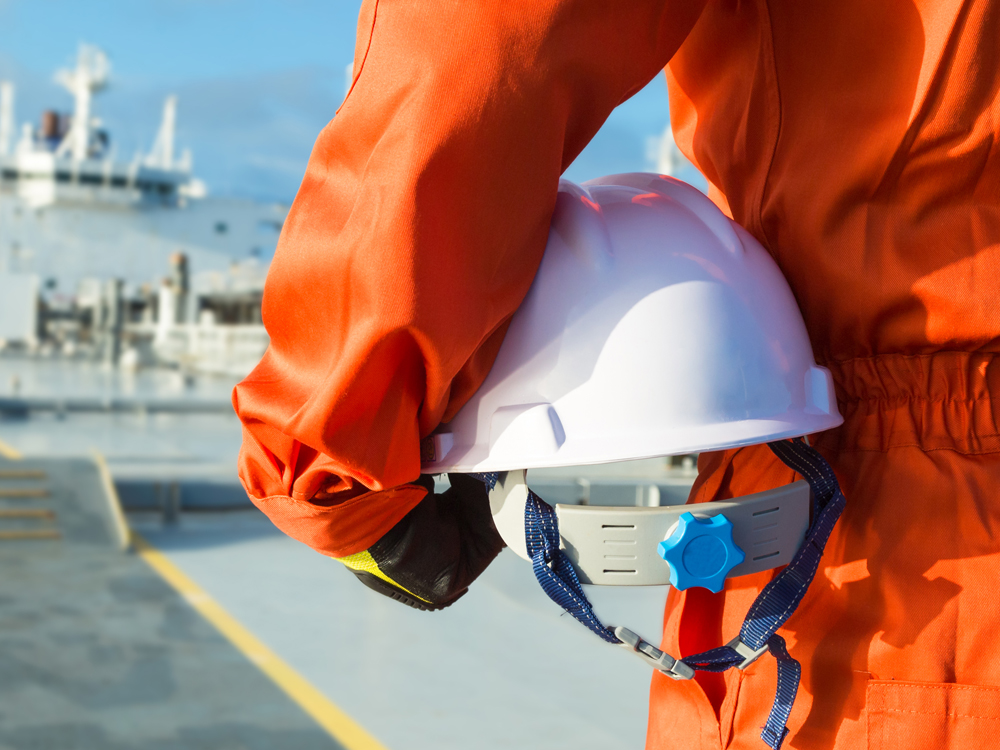
BSAFE INCIDENT CASE STUDY 06: SCAFFOLDING FALL CAUSES SERIOUS INJURIES
Two crew members on board a bulk carrier sustained serious injuries during the fall of a mobile scaffold tower that was being repositioned in a cargo hold while they remained on the scaffolding.

Published: 30 April 2021

BSAFE INCIDENT CASE STUDY 05: DOUBLE FATALITY RESULTING FROM ENCLOSED SPACE ENTRY
The Chief Officer (C/O) on board a bulk carrier entered a cargo hold containing logs and rapidly lost consciousness. A crew member entered the hold to try to rescue the C/O, but suffered the same fate. Both were later pronounced dead due to asphyxia.

Published: 30 March 2021
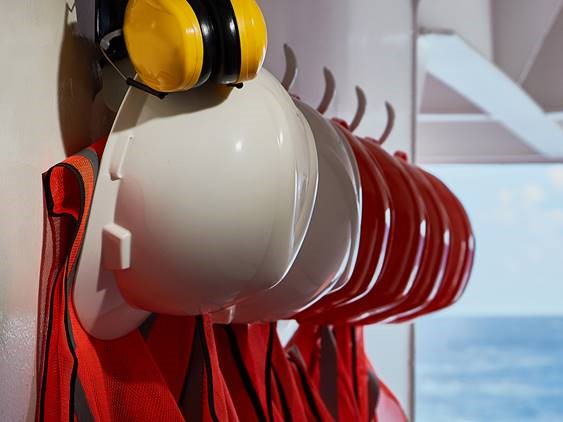
BSAFE INCIDENT CASE STUDY 04: DEATH OF ELECTRICIAN DUE TO ELECTROCUTION: ELECTRICAL ACCIDENT
An oil tanker was on passage when the ship’s electrician, who had been working alone, was fatally electrocuted while performing maintenance of the inert gas scrubber electrical system

Published: 27 February 2021
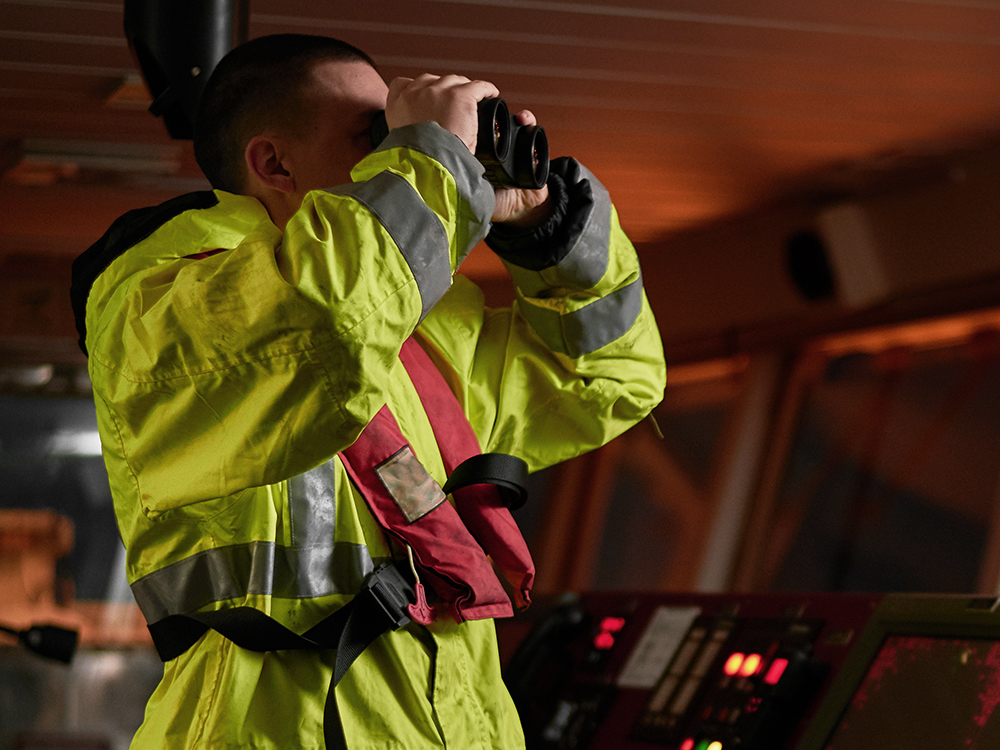
BSAFE INCIDENT CASE STUDY 03: LONE WATCHKEEPING GROUNDING AT NIGHT
While on passage at night, a 2,281gt general cargo ship ran aground on the Pentland Skerries in the eastern entrance of the Pentland Firth, Scotland

Published: 31 January 2021

BSAFE INCIDENT CASE STUDY 02: FATAL FALL FROM A LADDER
An AB on board a product tanker suffered severe injuries after falling from a portable ladder while conducting maintenance work on the launching system for the ship’s free-fall lifeboat and later tragically died from his injuries.

Published: 23 December 2020
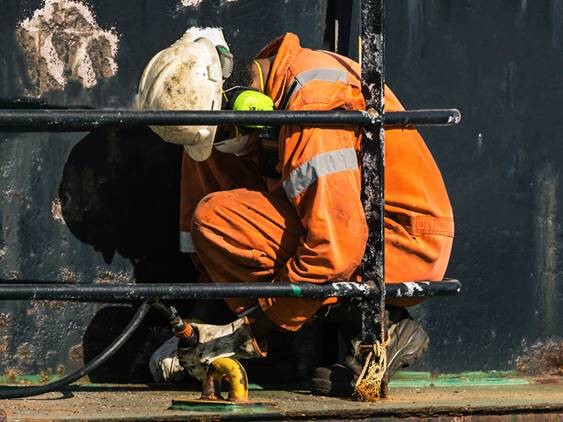
BSAFE INCIDENT CASE STUDY 01: DEATH OF THIRD ENGINEER DUE TO BURN INJURIES
The Third Engineer (3/E) on board an anchored capesize bulk carrier was splashed by hot sludge while opening the manhole cover of a settling tank and subsequently died from a septic shock having sustained 2nd degree burns to a large part of his body.

Published: 12 November 2020

SHIPPING CASE STUDY: COLLISION IN DENSE FOG AND TRAFFIC
An investigation report published by the Transport Safety Investigation Bureau (TSIB) of Singapore has highlighted some sadly all too familiar lessons regarding the appropriate actions to be taken both before and after a collision

Published: 1 August 2019

CASE STUDY: COMPLACENCY CAUSES GROUNDING?
The UK Marine Accident Investigation Branch (UK MAIB) has recently published its report on the HOEGH OSAKA, a pure car and truck carrier (PCTC) which grounded on Bramble Bank in the Solent shortly after departing Southampton in January 2015

Published: 1 August 2016
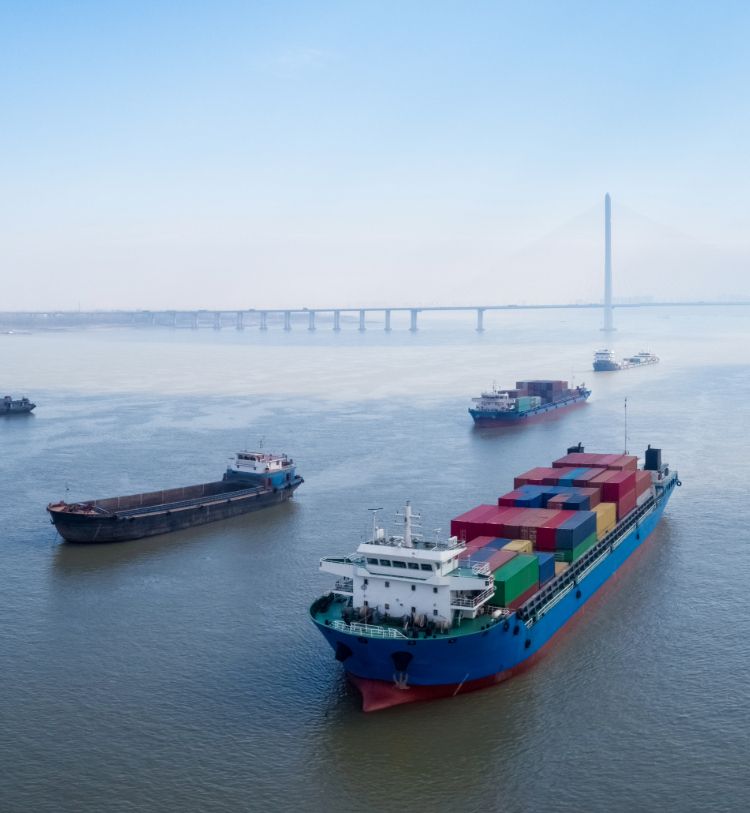
COLLISION CASE STUDY: USE SOUND SIGNALS AND LOOK OUT TO AVOID COLLISION
NOCC OCEANIC, a 12 deck car carrier, left Keihin Port, Japan on 22 June, bound for Balboa, Panama.

Published: 1 August 2015

SHIP COLLISION CASE STUDY: THE IMPORTANCE OF PROPER BRIDGE TEAM MANAGEMENT IN BUSY TRAFFIC LANES
On 10 December 2013 at 2245 the general cargo ship PAULA C was heading south-west in the Dover Strait traffic separation scheme. It was a dark, clear night with good visibility. She was in ballast, heading for Poole, England.

Published: 1 November 2014

 English
English
